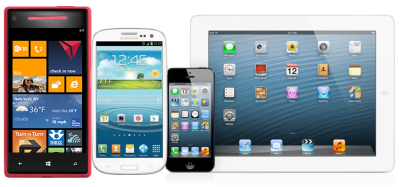 MOBILE NEWS– When people talk about LTE networks, also known as 4G, they are mainly referring to data, specifically high-speed data. And it’s not unusual. The service is, after all, an “all-IP” technology, which makes maximum use of the efficient exchange of data packets for high speed downloading of text files, videos and photographs.
MOBILE NEWS– When people talk about LTE networks, also known as 4G, they are mainly referring to data, specifically high-speed data. And it’s not unusual. The service is, after all, an “all-IP” technology, which makes maximum use of the efficient exchange of data packets for high speed downloading of text files, videos and photographs.
Many operators have started to deploy LTE technology as a data-only service However, when talking about this technology we should be careful not to refer to it solely as the next generation of mobile broadband, but also as the latest generation of voice communication services.
That could come as a surprise to some, because voice services are viewed overall as a business in free-fall, given that they are being replaced by those widely used OTT (Over The Top) applications, such as Viber, WhatsApp and WeChat. These are, ironically, enabled by HSPA, and even more so by the latest generation networks.
The important point is that there is still a large demand for voice in Latin America. Voice and SMS services are used by 81% of the population, which means that demand in this technology “wave” and Voice over LTE (VoLTE) ecosystems are growing rapidly. More

 eCommerce1 year ago
eCommerce1 year ago